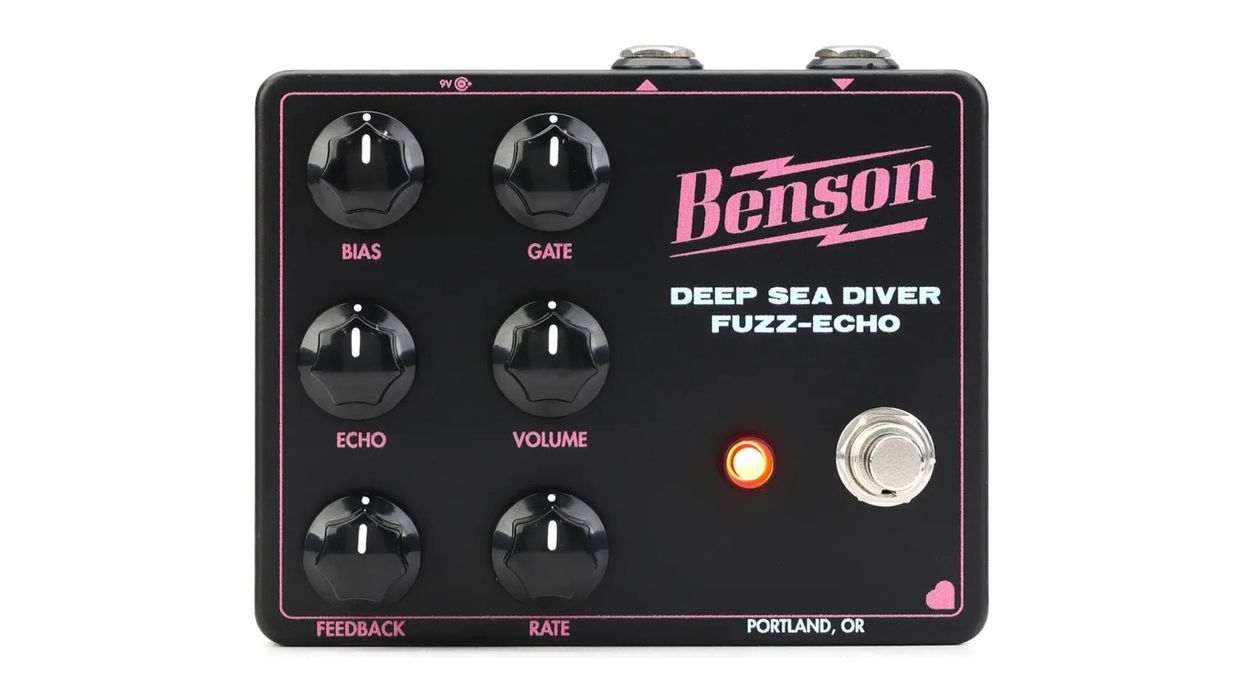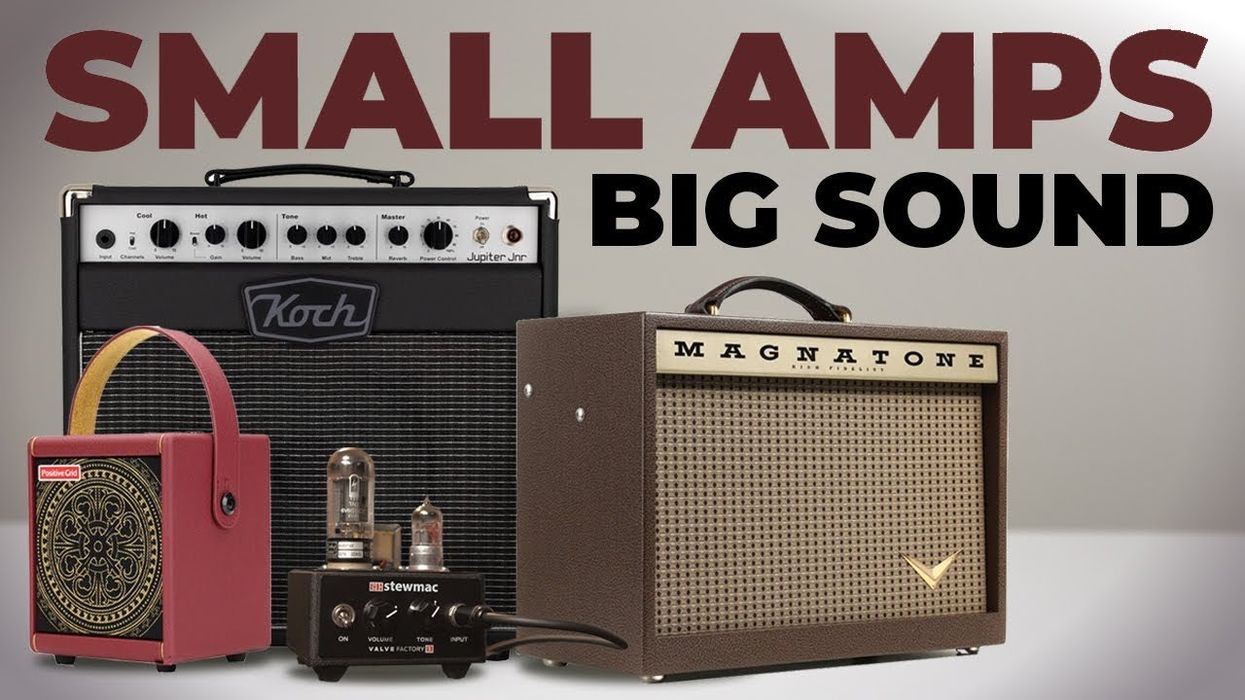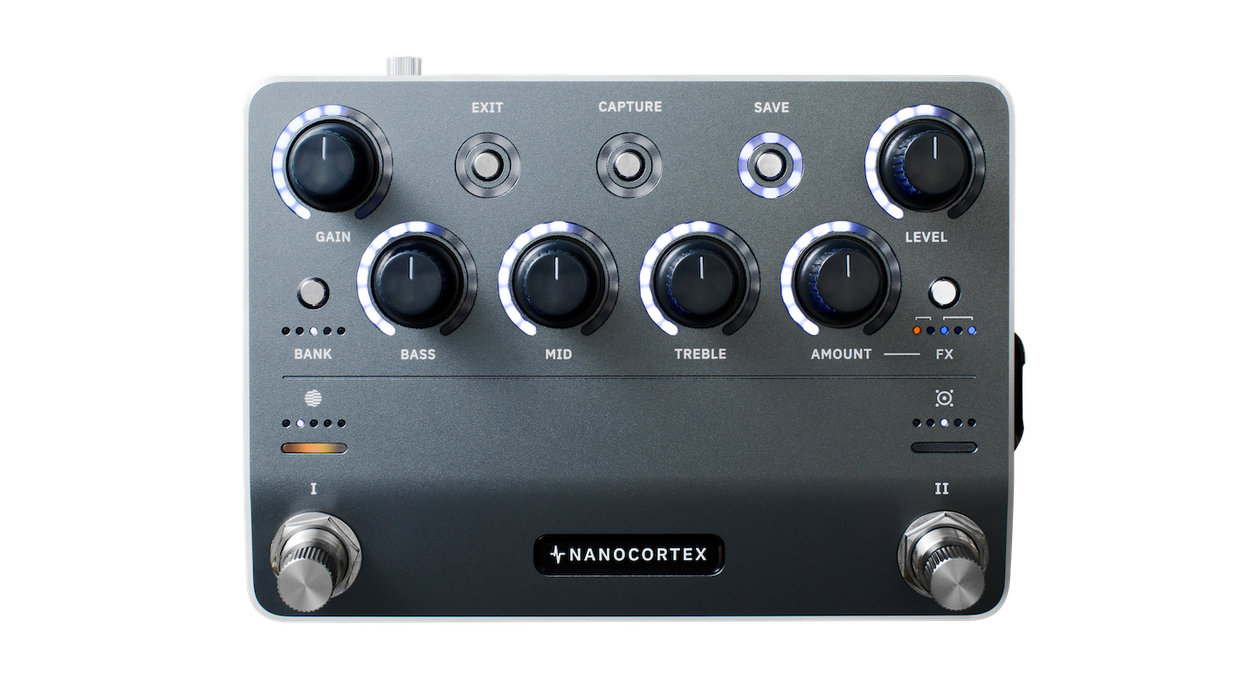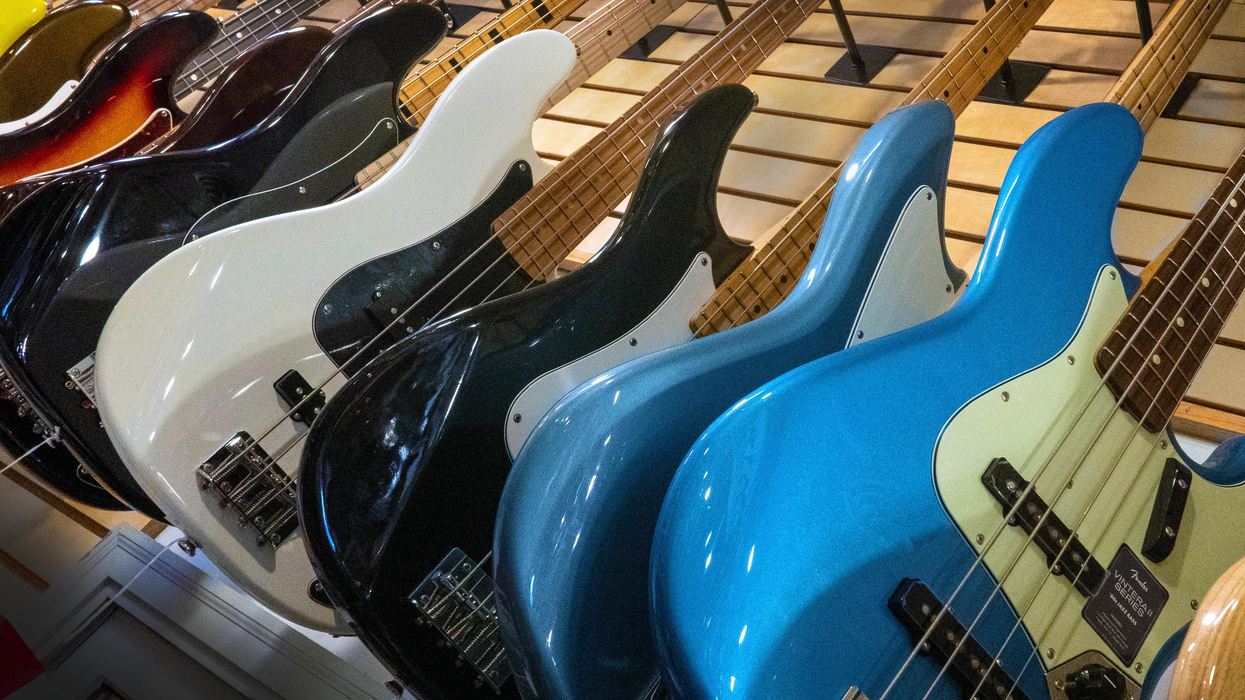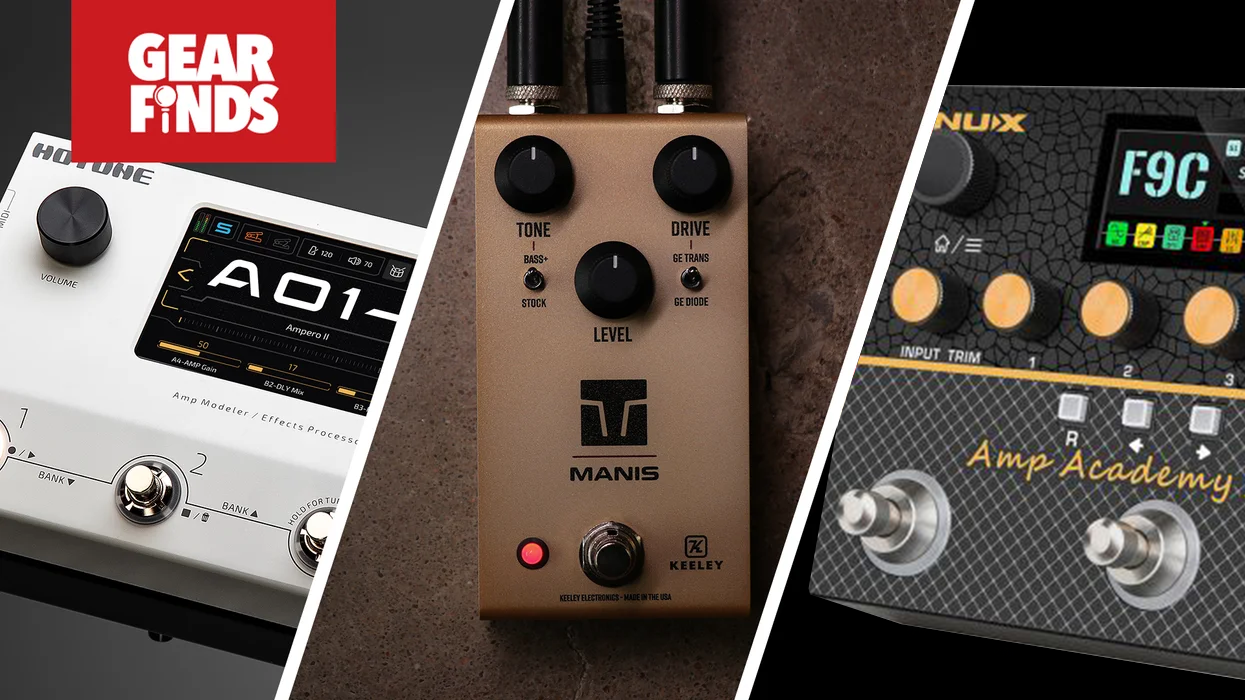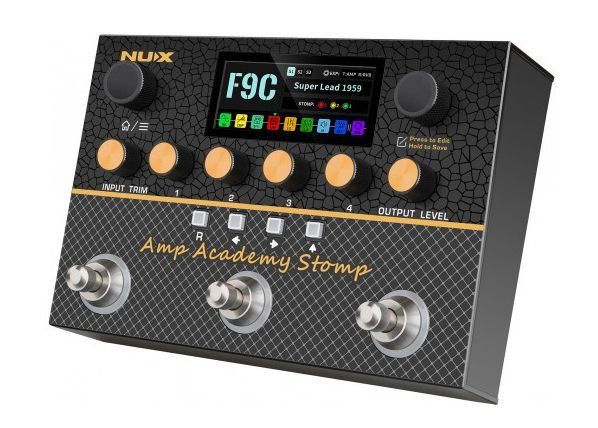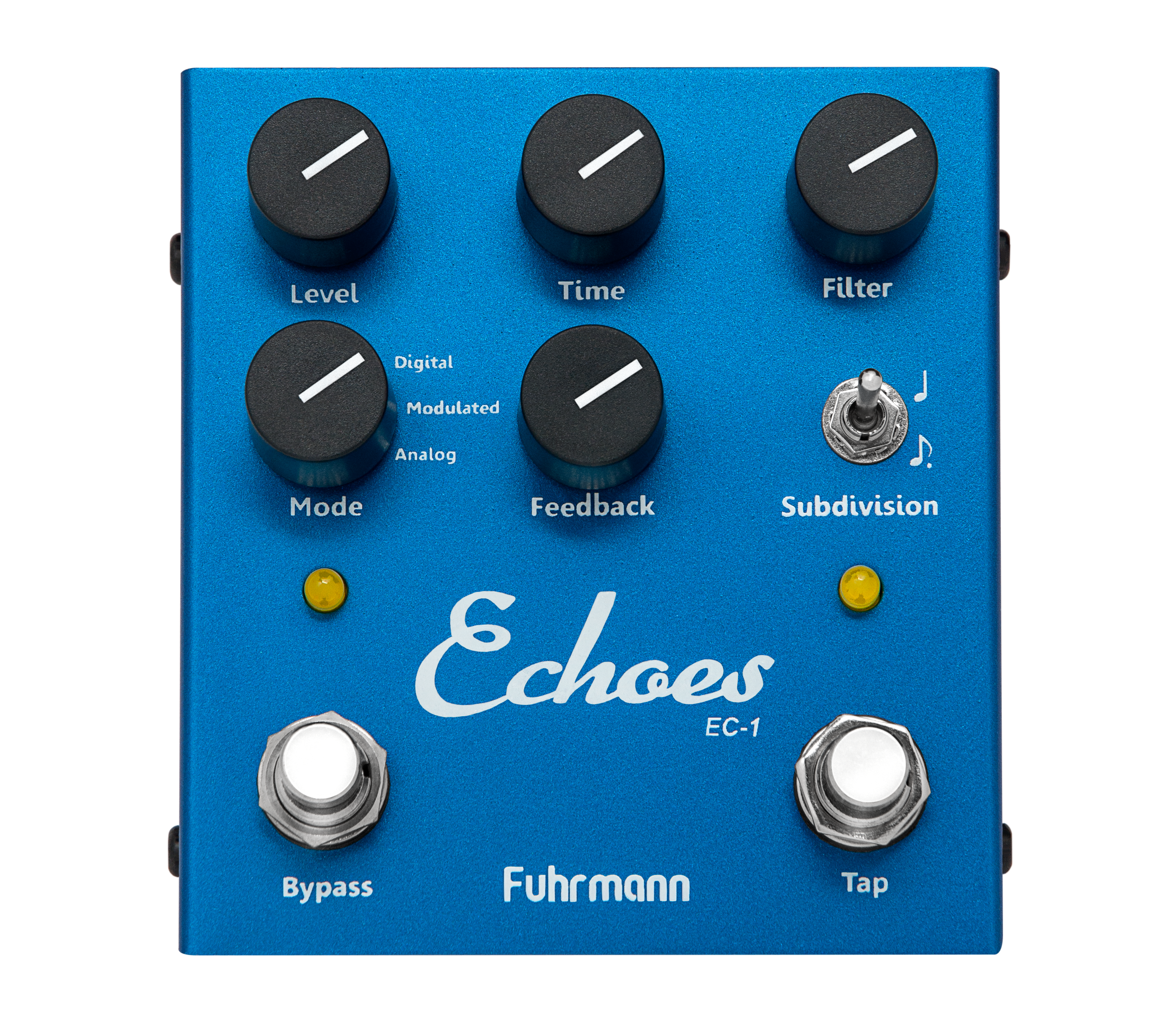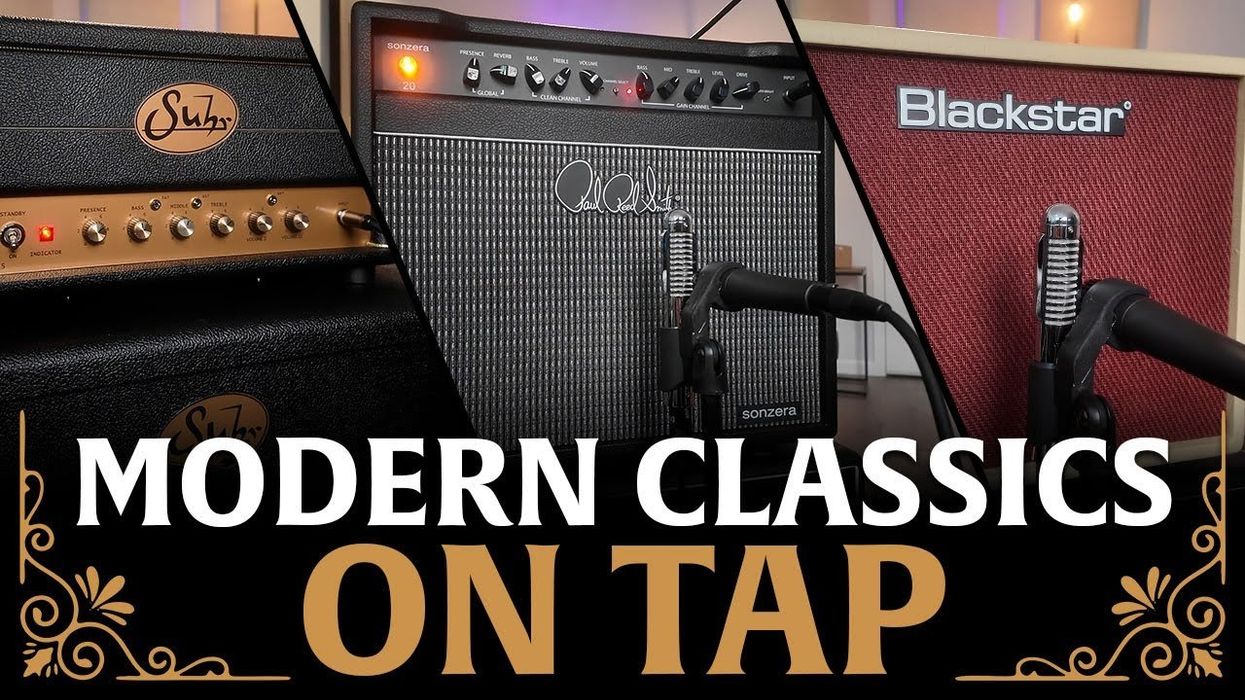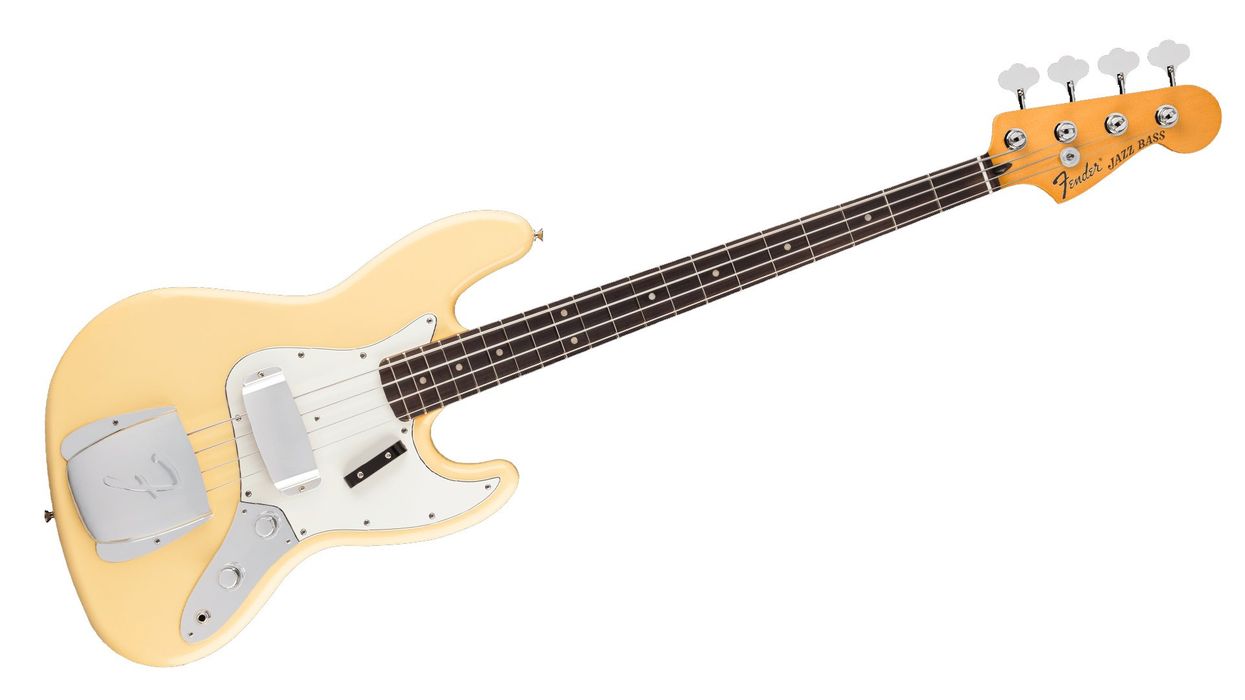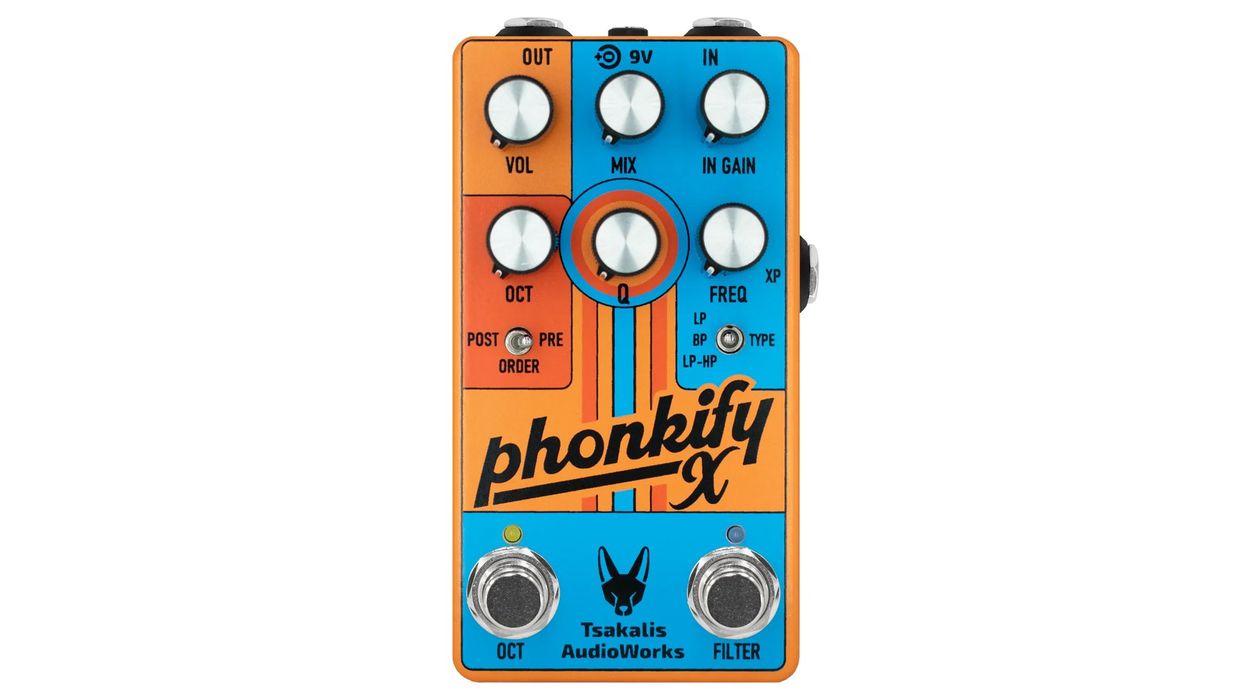There are days I plug into my Fender Vibrolux, play an E minor chord with a little vibrato arm flourish, and ask, “What more could I ever need?” The simple, elegant perfection of Fender’s reverb and tremolo formula is so foundational, essential, and flat-out delicious to the senses that it gave rise to a class of pedals that consolidate the essence of that recipe.
The most famous of these is probably the Strymon Flint, a tool widely adopted by touring players that deal with changing backlines and players that make do with simpler amplifiers. While the Flint is an industry standard of sorts, at almost 350 bucks it’s also a serious investment. Less expensive alternatives include Fender’s own Tre-Verb (which uses a design and layout strikingly similar to the Flint) as well as Keeley’s excellent U.S.-made Hydra Stereo Tremolo and Reverb and their simpler, less-expensive Verb o Trem, which lacks independent switches for the two effects. But for players that like a more spacious control layout and independent reverb and tremolo switches—and are willing to sacrifice a few options to save about $120—Keeley’s new Zoma might be the most enticing Flint alternative out there.
Form Leads to Function
The Zoma is built into the same enclosure and uses the same control layout as the I Get Around rotary simulator and California Girls 12-string simulator Keeley built in collaboration with JHS Pedals and Benson Amps to honor the Beach Boys. Though destined to annoy space-economy fetishists, the Zoma’s dimensions should be little problem for those who keep their pedal effects to a minimum. The larger enclosure also offers lots of upside in the form of the spacious control layout, which facilitates fast adjustments on the fly. The sizable RCA-style knobs, particularly the big reverb level control, make adjustments with your toe easy. The blue Fender-style jewel lamp—which also blinks at the tremolo’s rate—is situated between the already well-spaced reverb and tremolo bypass switches to ensure that even the klutziest performer can avoid pressing one or both accidentally.
“The plate reverb leaves more space for the beautiful, liquid modulations from the harmonic tremolo and vibrato.”
A small 3-way toggle nestled safely among the three knobs moves between the Zoma’s three basic modes and voices: spring reverb with sine wave tremolo (the black-panel Fender formula), a plate-style reverb with brown-panel Fender-style harmonic tremolo, and plate-style reverb with more Magnatone-like pitch vibrato. The single toggle means you can’t combine different tremolo types with different reverb types as you can with the Flint. But by pressing and holding the reverb/alt switch, you can orient the tremolo after the reverb in black-panel Fender style or place the tremolo before the reverb for a thicker, blurrier tone. You can also change the reverb decay level, reverb tone, or the tremolo output level in alt mode.
Pipelines and Sines
You’d have to be pretty nitpicky to take issue with Zoma’s likeness to real spring reverb. The pings and clicks that follow transients in the Zoma’s spring simulation are particularly authentic compared to the Vibrolux and Fender Reverb tank I used for comparison. And given the possible variation that exists among vintage Fender reverb units, thanks to age, wear, and component value drift, the Zoma’s output falls well within the realm of “accurate.” The primary difference I heard in the Fenders was a little extra harmonic thickness and ghostliness in the decay at the highest reverb levels—but that was at pretty high volume and in isolation. Would you hear it with a bass and drums filling out that harmonic picture? Maybe. Would it spoil the evening of paying customers out to stomp to your instrumental surf combo? I kinda doubt it. And if the Zoma spring is ever-so-slightly less thick than the real deal, it’s still easy to excite and add splash to those harmonics—or make them more subdued—with the Zoma’s alt-mode reverb tone control, which you’re only going to find elsewhere on an outboard Fender Reverb unit. The plate reverb settings are a little more vaporous, diffuse, and lack the post-transient attack you hear at advanced spring settings. But they leave more space for dynamics—most importantly the beautiful, liquid modulations from the harmonic tremolo and vibrato that accompany them.
The harmonic tremolo is especially pretty and adds lovely dimension to lazy chord melodies. The vibrato is excellent, too—throbbing and wobbly without being overpowering at its most intense levels and capable of adding dreamy drift at subdued settings. The sine wave tremolo, by the way, is a great match for the spring reverb. There are bolder, bossier tremolos out there, but it’s a close match for the optical tremolo in most mid-1960s Fender combos, which are not always wildly forceful themselves.
The Verdict
The Zoma can be a very transformative pedal—adding splashes of surfy energy to a Marshall or big-amp presence to a Fender Champ. In terms of utility and approachability, about the only thing that rivals the Zoma is an amp with onboard tremolo and reverb. But even with the real thing you’ll probably lack the pretty harmonic tremolo, the vibrato, and the plate reverb options that extend the Zoma’s color palette. Do I wish I could mix the vibrato and harmonic tremolo with the spring reverb? After a few hours of getting used to the characteristics of each, I do. But it wouldn’t be a deal breaker if I was going to use this pedal in performance or in a recording session where I could also take advantage of the stereo capabilities. The Zoma is a mood machine par excellence that’s also a breeze to use.






